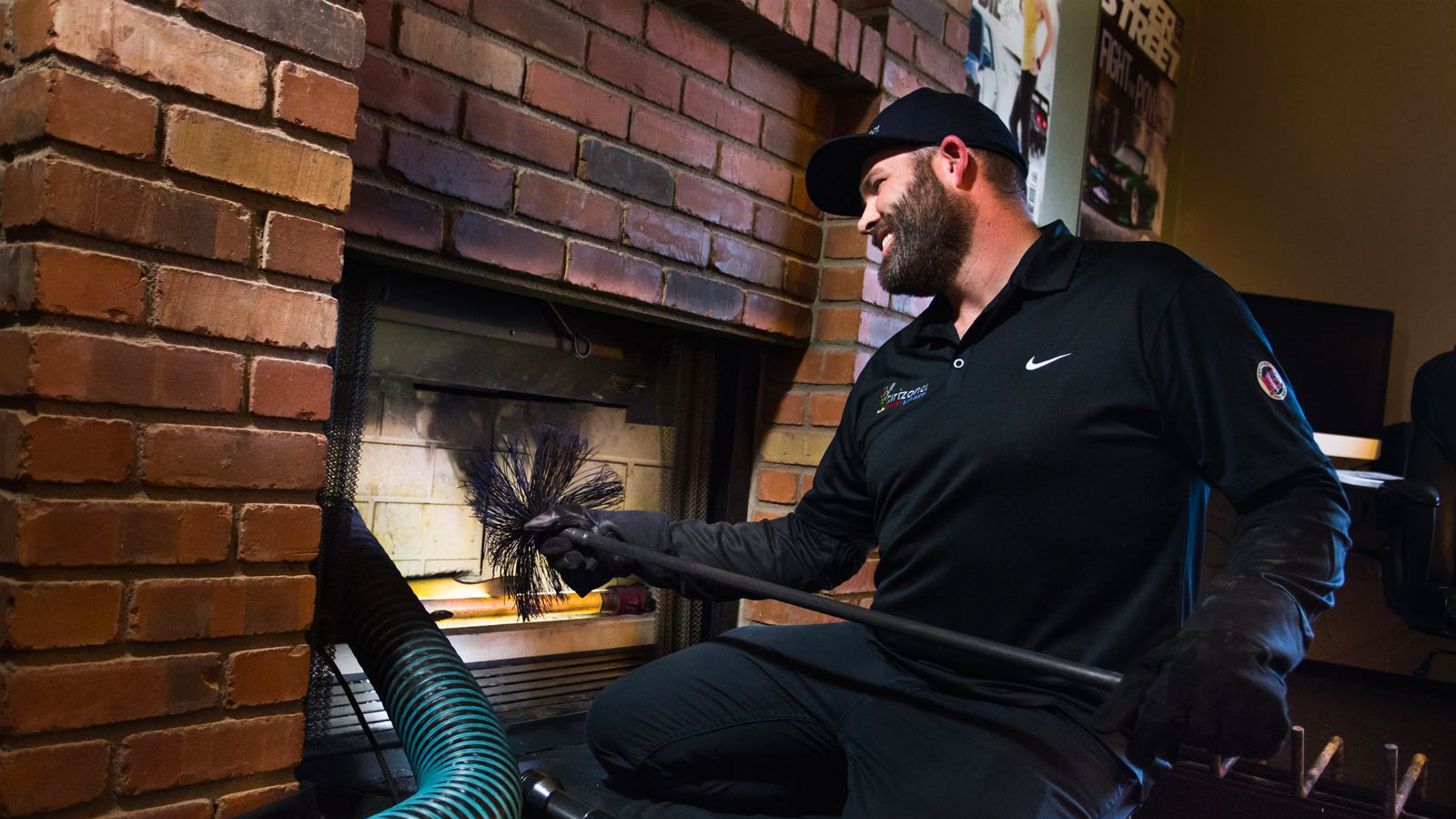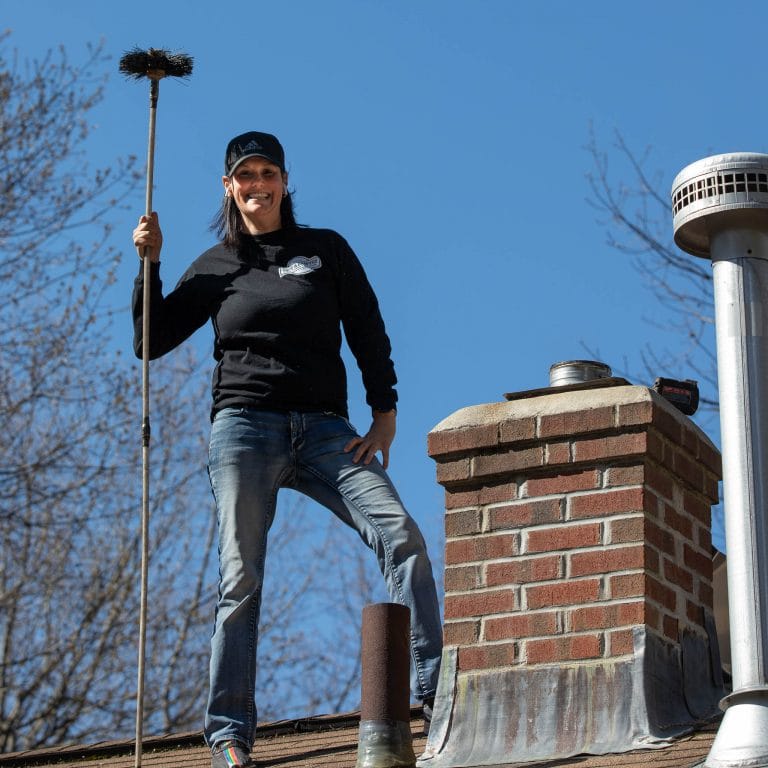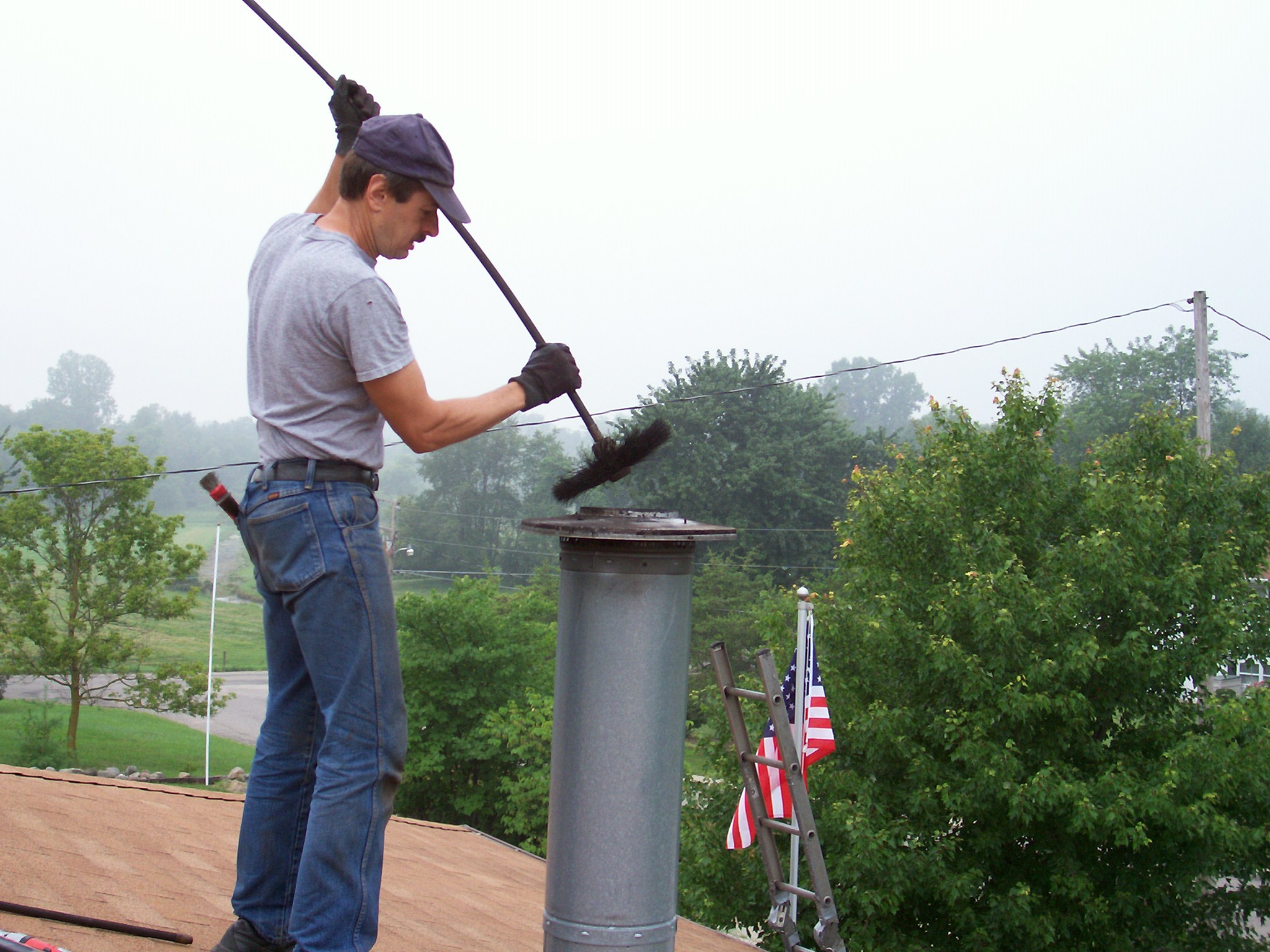Chimney Upkeep with a Personal Touch: Chimney Clean San Jose Unleashed
Chimney Upkeep with a Personal Touch: Chimney Clean San Jose Unleashed
Blog Article
Smokeshaft Cleansing: A Step-by-Step Overview to Keeping a Healthy Fireplace
Routine smokeshaft cleaning is a vital component of this maintenance routine. By adhering to these guidelines, you will certainly find out how to collect the necessary tools, carry out a visual inspection, clear debris and build-up, sweep the smokeshaft, and complete the final actions for continuous upkeep.
Collecting the Needed Tools
To start the procedure of chimney cleaning, the primary step is to collect all the essential devices. Having the right devices handy guarantees a risk-free and reliable cleansing process. The crucial devices for smokeshaft cleaning consist of a smokeshaft brush, a ladder, drop fabrics or plastic sheets, a flashlight, gloves, and a dust mask.
The chimney brush is the key tool utilized to eliminate soot and creosote accumulation from the flue. It is essential to pick a brush that matches the shapes and size of your smokeshaft. Furthermore, a sturdy ladder is required to access the chimney safely. See to it the ladder is secure and positioned on a flat surface.
Ground cloth or plastic sheets are essential for safeguarding the bordering location from dust and particles. They help have the mess and make cleanup easier. A flashlight is crucial for evaluating the smokeshaft's interior for any kind of indications of damages or blockages. Gloves are required to protect your hands from soot and various other harmful compounds, while a dirt mask aids stop the inhalation of debris.
Carrying Out a Visual Examination

Using a flashlight, carefully analyze the interior wall surfaces of the smokeshaft for any type of signs of damages, such as splits, loose bricks, or mortar degeneration. These issues can endanger the smokeshaft's structural stability and position a severe safety hazard. In addition, look for any type of indicators of water damage, such as staining or efflorescence, as this can suggest a leaking chimney cap or blinking.
Following, evaluate the smokeshaft flue for any kind of blockages. Look for the visibility of nesting products, leaves, or particles that may have accumulated over time (Chimney Clean San Jose). These blockages can restrict airflow, raise the danger of carbon monoxide gas accumulation, and impede the chimney's capability to successfully air vent smoke
Throughout the aesthetic inspection, pay close focus to the chimney crown, which is the leading surface that shields the chimney from dampness. Search for splits or missing out on pieces in the crown, as these can allow water to enter the smokeshaft and cause considerable damages.
Clearing Debris and Build-up
After finishing the visual evaluation, the next step in smokeshaft cleansing includes cleaning particles and build-up to guarantee the proper performance of the fireplace. Gradually, debris such as leaves, twigs, and animal nests can gather in the chimney, obstructing the circulation of air and triggering possible fire dangers. Additionally, the accumulation of creosote, a tar-like substance, is an usual problem in chimneys. Creosote is formed when timber or nonrenewable fuel sources are melted, and otherwise removed on a regular basis, it can lead to smokeshaft fires.
To clear debris and accumulation, it Check Out Your URL is essential to utilize the right tools and techniques. A smokeshaft brush, especially designed for this purpose, is made use of to remove loose particles and creosote from the chimney wall surfaces. It is vital to choose a brush that matches the size of your chimney to ensure effective cleansing. Before starting the cleaning procedure, ensure to cover the fire place opening to stop debris from falling right into the space.
To start, put the brush into the smokeshaft and relocate backwards and forwards, rubbing the walls to remove any kind of debris or creosote. Utilize a sweeping motion to guarantee extensive cleaning. It is suggested to begin from all-time low and work your means up. As soon as the cleaning is full, use a vacuum or a chimney brush expansion to remove the dislodged particles from the fire place.

Brushing Up the Chimney
The sweeping of the chimney is a crucial action in preserving a healthy and balanced fireplace. Gradually, residue, creosote, and other particles can gather in the chimney, blocking the flow of air and possibly creating a harmful accumulation of combustible products. Regular smokeshaft brushing up not just guarantees appropriate air flow however likewise avoids the danger of smokeshaft fires.
When it comes to smokeshaft sweeping, it is very advised to work with a specialist smokeshaft move. These experts have the knowledge and tools necessary to securely and successfully eliminate the built up debris from your smokeshaft.
It is very important to note that the frequency of smokeshaft sweeping depends on numerous elements, such as the type of fuel utilized, the quantity of use, and the kind of chimney. As a basic guideline, it is recommended to have your smokeshaft swept and inspected at least as soon as a year.
Last Actions and Upkeep
After completing the smokeshaft sweeping procedure, the initial step in the last maintenance is to check the chimney cap and trigger arrestor. These components stop debris, pets, and rainwater from going into the chimney.

Examine the within of the fireplace for any kind of indicators of damage, such as splits, loosened blocks, or damaged mortar. These problems can affect the architectural stability and security of the fireplace. Speak with an expert smokeshaft sweep or mason to resolve them without delay. if any type of issues are spotted.
Finally, think about setting up carbon monoxide detectors near the fireplace and throughout your home. These devices can discover the presence of this hazardous gas, providing a very early caution system in case of a chimney malfunction. On a regular basis examine and replace the batteries in these detectors to ensure their efficiency.
Conclusion
In final thought, following a step-by-step overview for smokeshaft cleansing is important in preserving a healthy fireplace. By collecting the essential devices, doing an aesthetic assessment, clearing particles and accumulation, and brushing up the smokeshaft, house owners can ensure the safety and security and performance of their fireplace. Routine upkeep and cleaning will certainly aid avoid smokeshaft fires and enhance air high quality in the home. It is important to prioritize smokeshaft cleaning as a part of total home maintenance.
The vital tools for smokeshaft cleaning consist of a chimney brush, a ladder, decrease towels or plastic sheets, a flashlight, gloves, and a dust mask.
A chimney brush, particularly designed for this function, is used to eliminate loose particles and creosote from the chimney walls. Routine smokeshaft sweeping not just makes certain proper ventilation yet additionally avoids the danger of smokeshaft fires.
When it comes to smokeshaft sweeping, it is very recommended to employ an expert chimney sweep. After completing the chimney sweeping procedure, the first step in the last maintenance is to you can try these out examine the smokeshaft cap and stimulate arrestor.
Report this page